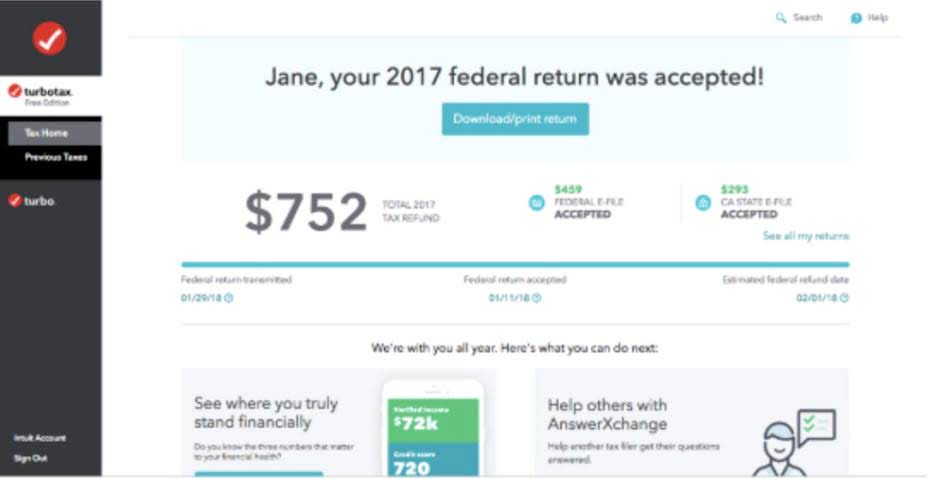
If the balances match, then the initial entry of accounts was accurate. If not, then review the initial account balances entry to see if there was a data entry error. If there was an error, then you will need to adjust your entry to record the initial account balances. Not closing out this account makes your balance sheet look unprofessional and can also indicate an incorrect journal entry in your books. After all initial account balances have been inputted, the opening balance equity account’s balance is transferred to the regular equity accounts, such as common stock and retained earnings.

Temporary in Nature
It is very important for businesses to maintain their financial records properly in order to showcase payroll the true state of the companies. For this, they can seek assistance from accountants who have extensive knowledge regarding opening balance equity. They make sure that the assets of a company match its liabilities and equity. An opening balance equity account should be temporary, and not permanent.

When Should the Opening Balance Equity Account Be Cleared?

After all opening balance accounts are created you need to move OBE to owner equity with a journal entry. The initial opening balance sheet information is ideally the actual ending balance sheet for the reporting period immediately preceding the start of the budget period. For now, you can only import your bank data, customers and vendor lists, chart of accounts, and product and service information. You can use a CSV file (Comma Separated Values), Google Sheets, or an XLS/XLSX file to import this information to QuickBooks Online. You’ll want to manually enter all the opening balances from other software. The opening balance equity account is usually situated under the equity section of a balance sheet.
- To do so, you might want to create a journal entry to transfer the balance of the OBE account to the appropriate equity accounts.
- However, the typical bank balance that is used for a long time often causes a problem with bank reconciliation.
- So if you post a new asset account with a balance, you’d need to offset it by the same amount on the other side of the equation when you first bring balances into accounting software.
- As mentioned above, opening balance equity is needed to ensure that your accounting remains balanced and that the financial records of a business are accurate.
- Whether you’re an investor, a finance student, or just someone curious about how businesses operate, mastering the reconciliation of equity balances is a must.
What is the Opening Balance of the Financial Statements? (Explained)
- Right now, the books don’t even have a Chart of Accounts account called Opening Balance Equity.
- At the beginning of the period, you’ve got the opening balance of equity.
- This way, you can make informed financial choices and reduce risks from mistakes and non-compliance.
- It would be hard to the balance for the books later if you started a business with a sizable positive or negative balance on day one.
- QuickBooks creates This temporary account automatically to balance discrepancies during initial setup or adjustments.
- Once this initial setup entry is made, the balance sheet shows the $5000 checking account balance.
That’s why we offer expert advice and guidance on all aspects of small business finance. Whether you’re looking to start a new business, manage your finances more effectively, Medical Billing Process or sell your business, we’re here to help. With our comprehensive resources and expert guidance, you can be confident that you’re making the best decisions for your business.
How to Quit Big 4: A Comprehensive Guide for Professionals

This account is the offsetting entry used when entering account balances into the Quickbooks accounting software. This account is needed when there are prior account balances that are initially being set up in Quickbooks. When you create a new account in QuickBooks, you pick a day to start tracking transactions. Then, you enter the balance of your real-life bank account for whatever day you choose. The SoCE is a financial statement that tracks the changes in shareholders’ equity over a specific period, usually a year. It’s like what is opening balance equity a financial report card that explains why and how equity has shifted.
- It is simply an automated function programmed into accounting software demonstrating an issue with the previous term’s balance sheet.
- Retained Earnings for a corporation, Owner’s Capital for a sole proprietorship, etc.
- It ensures that financial statements accurately reflect the entity’s financial position and performance.
- A negative balance is mostly seen in a checking account when a business has a negative balance.
- The opening balance equity serves as a bridge between the previous period’s financial statements and the current period’s financial activities.
- This increase is matched by a corresponding increase in the assets (cash) of the business.
- The best practice is to close opening balance equity accounts off to retained earnings or owner’s equity accounts.